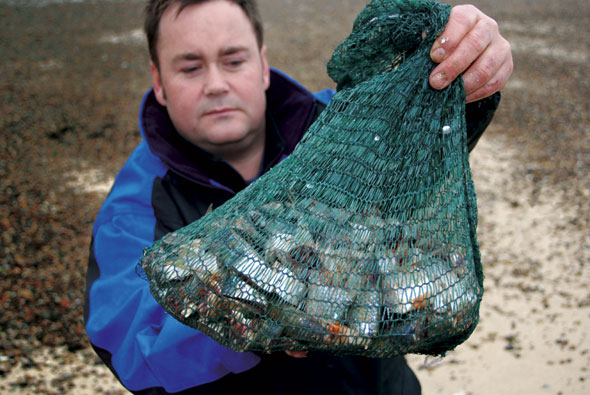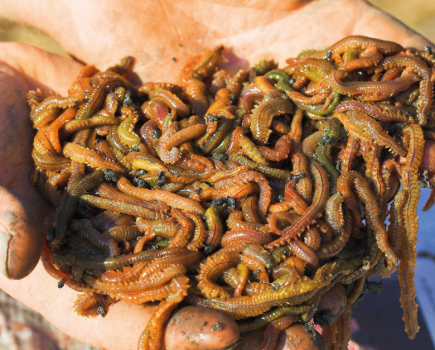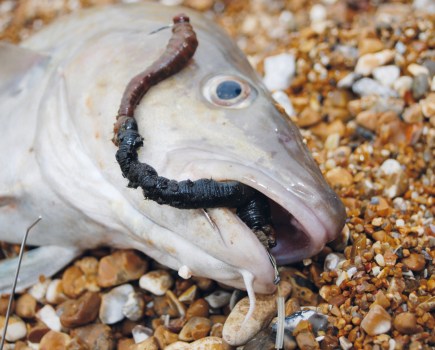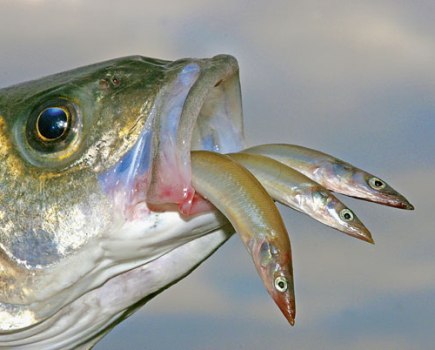Ever thought of ground baiting from the beach? It’s something we had never considered until Kent angler, Shane Pullen, explained how he does it at Leysdown to catch double-figure thornback ray…
FRESHWATER ANGLERS DO it all the time and boat anglers know it works, but shore fishermen rarely think of laying a bait trial to attract and then hold fish until they sniff out a baited hook.
Strong tides probably cancel out any groundbaiting opportunities, as do beaches where the tide doesn’t recede far enough to lay a scent trail. For this to work the beach has to expose all its sand within casting distance to allow the baited bags to be pegged out before the tide turns.
Anglers know that to increase the chance of catching fish the weather, wind direction and air pressure play a major part in the resultant catch.
A rough sea will rip lugworms from their burrows and shellfish, such as razorfish and queen cockles, will get smashed from their shells resulting in the area becoming a feeding zone attracting fish further inshore than would be normally feed.
Dean Humble and I settled on Warden Bay at Leysdown, Kent, as the perfect venue for our groundbaiting experiment. We were fishing on a flat shallow beach where the tide recedes a long way and comes in quickly to meet a shingle beach with groynes set 50 yards apart.
At low tide small sandbanks are visible and, while these banks aren’t particularly big or obvious, they are a haven for feeding thornback rays. On the Isle of Sheppey the thornbacks return annually to these shallow beaches to feed on the sandeels and crabs.
Our bait bag technique
THE first thing we had to do was find a bag suitable for the job. Taking a lead from boat anglers we opted for vegetable bags or sacks scrounged from our local greengrocer. They are hard wearing and the holes are just the right size to let the bits of flesh float out.
Cut mackerel, herrings, crabs and sandeels into sizeable chunks and mix with ragworms before filling the bag. I suggest using half fresh, half frozen bait, as I don’t think you can beat fresh bait to draw the fish.
By cutting the fish bait into chunks the aim is to gently release the bait trail into the tide, so don’t cut them into big pieces which will take longer to wash out in the tide.
Try to arrive at the mark at low water. Make a trial cast and see where your sinker sticks in the sand – this is the area you will be staking out your baited bags before the tide turns and starts coming back in.
Run the line through your fingers as you walk out to where you cast. By doing this you will be able to see where your baited trace will be fishing, taking note of the features nearby that could attract a ray.
Hammer a small stake into the sea bed, making sure it is driven deep enough to hold the rubby-dubby bag in place and prevent it being washed away by the incoming tide. Tie your bag to the stake securely.
Tie off a length of fishing line, 7ft to 8ft should be enough, although it might vary slightly where you fish. Dean and I had talked about depths at high water, the time we would be fishing, and we thought they would be right for us.
We use a marker buoy (a milk carton works well) to give us a target to aim for when the bag is covered with water. This rises with the tide and can be seen from the shore. Milk cartons reduce surface noise.
Using the carton as a target, cast your baited trace slightly downtide where it should sit in the scent trail leaching out of the baited bag. If you fish after dark try tying a starlight to the carton, although this will only work if sea conditions are calm.
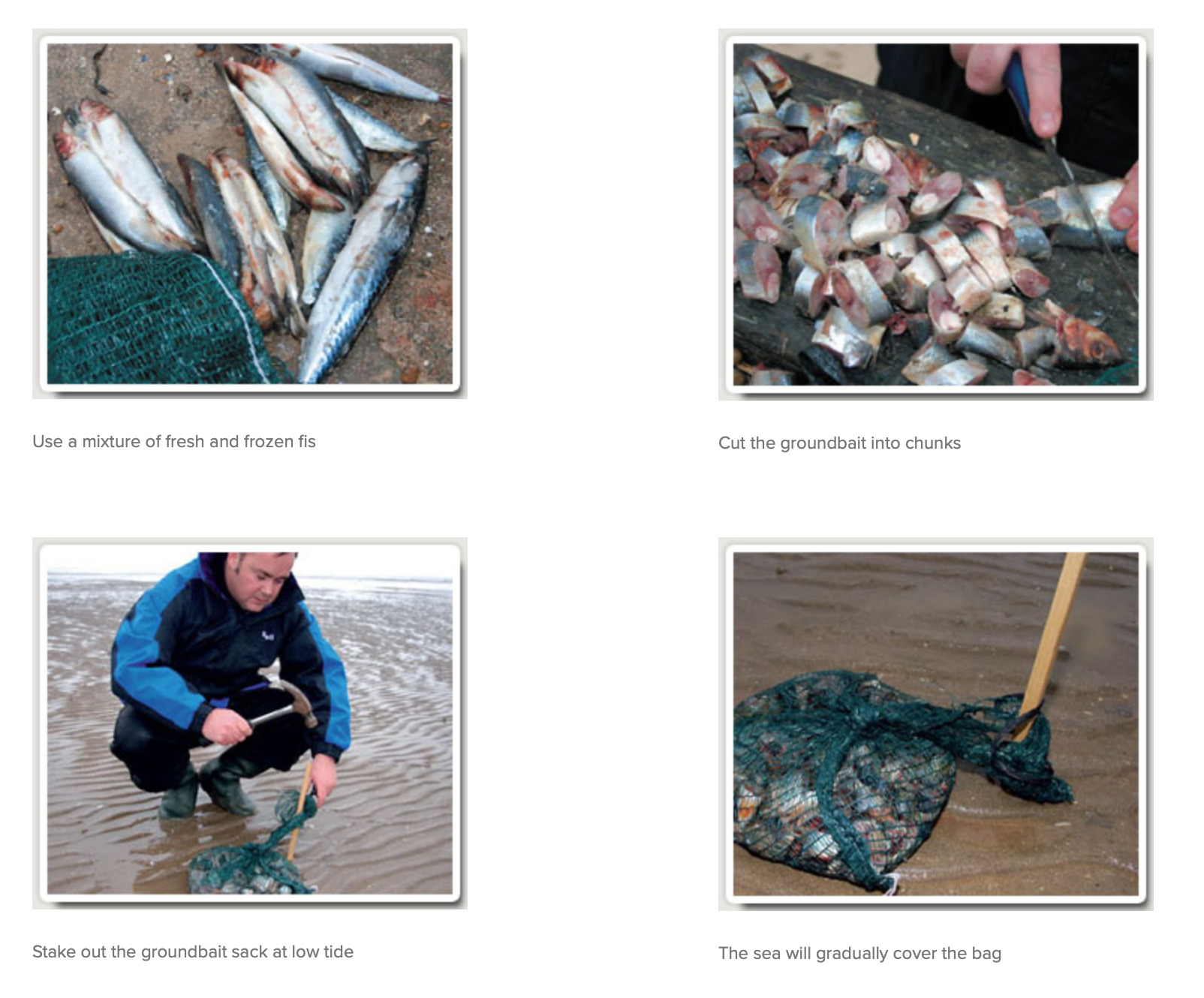
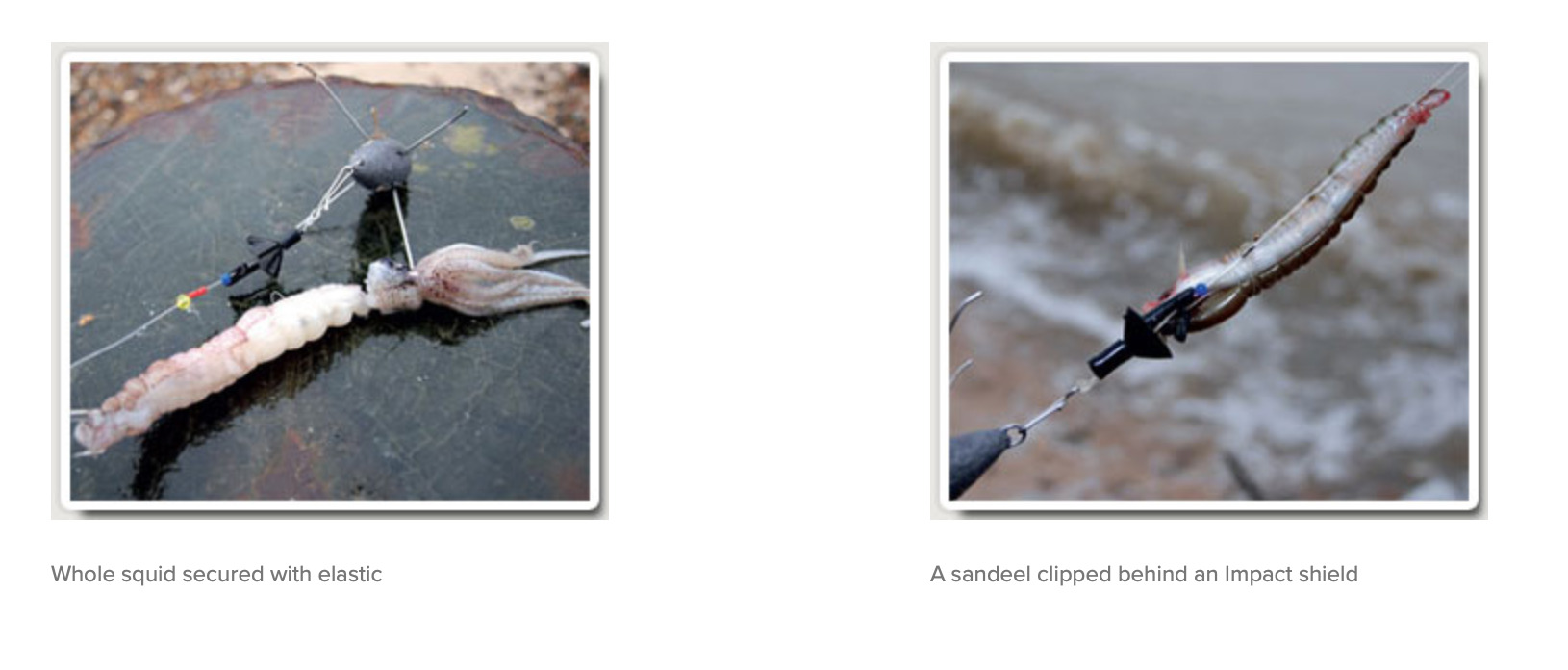
Traces and bait tips
I ALWAYS do my research if I am unsure about how a venue will fish. Local angler Alan Godsalve and his fishing pals informed me that there was usually an early run of rays, usually females, during February. The males appear in early spring.
The most successful bait is a whole squid or whole squid wrapped around king ragworms, a single sandeel and large king rag.
Dean and I had decided to use two rods for this trip. Fishing for rays is a waiting game, so two rods would not necessarily increase your work rate. Using pulley rigs we rigged up with 2ft traces tied from 30lb mono line. Thornbacks have extremely strong rough gums so I advise you to check your line frequently for wear and tear.
A friend and local angler Alan Jefferys has given me plenty of top tips over the years on the Sheppey thornback rays and one that always comes to mind is to fish your baited hook a fair way from the lead weight.
The reason for this is that you need a spiked lead weight to hold your baited trace firmly to the sea bed. As the ray settles on its prey (that’s your baited hook) the wires from your lead weight could scare the ray away if it feels the steel wires.
I’m not a great fan of Impact shields when it comes to long-range cod fishing with streamlined lug baits, but when using bulky baits, such as whole squid or crab, then they come into their own. When fishing with a sandeel the shield will provide protection during the cast and on impact.
There is a technique for baiting with a sandeel, which will ensure a streamlined and well-presented bait. Start by snipping off the tail, then lift the gills and remove them so the blood will release gently into the tide to boost the scent trail. Finally snip of the nose just in front of the eyes.
I prefer a size 2/0 hook, usually a Viking 79515, because they are sharp and strong. Thread the sandeel tail first onto the hook until the barb comes out through the head. A Pennell rig can be used to hold the bait, but, as I return any rays caught, I try to reduce the risk to the fish by using only one hook. The sandeel is wrapped with elasticised cotton to secure it firmly. Don’t secure the cotton too tightly because the bait can be damaged.
If you bait with a whole squid then a Pennell will give perfect presentation, but you will still have to secure it with a cocoon of bait cotton.
Fish with a powerful rod; I use the Zziplex Primo Syncro, a rod that offers excellent bit detection yet has plenty of guts to pull a ray in over the sand. A typical ray bite is a pull down. Don’t be hasty because, at this point, the ray will have just settled on your bait so allow time for the fish to manoeuvre over its prey.
The rod tip will pull down once more as the ray moves off after taking the bait. As with many fish, it will pick up the sandeel or squid head first, hopefully hooking itself just inside its mouth.
The reels we use are Abu Mag Elites loaded with 15lb mono line tied to a 70lb shockleader. If the going gets tough I will switch to a Penn 525 Mag and, while both reels are more than capable of handling a long cast, the Penn has, in my opinion, more winding power and guts.
Groundbaiting is not a great way of catching rays, but can increase your chances and is worth a go. Kent’s Isle of Sheppey is renowned for its ray fishing throughout the year with fish into double-figures possible.
Remember, as the tide drops away pick up your empty bait bags.

